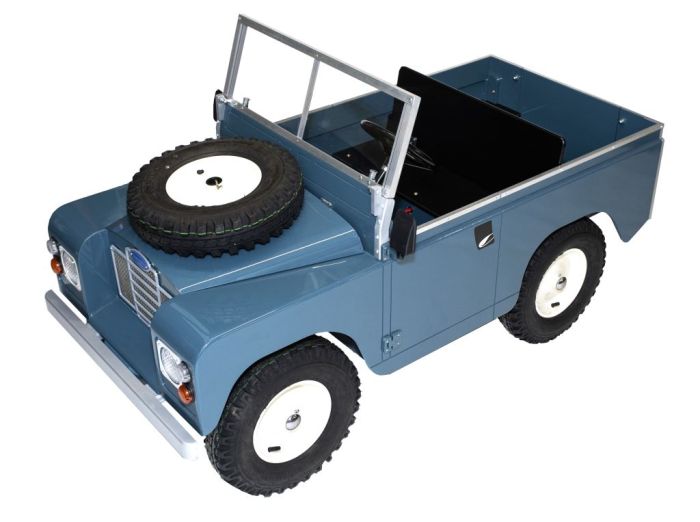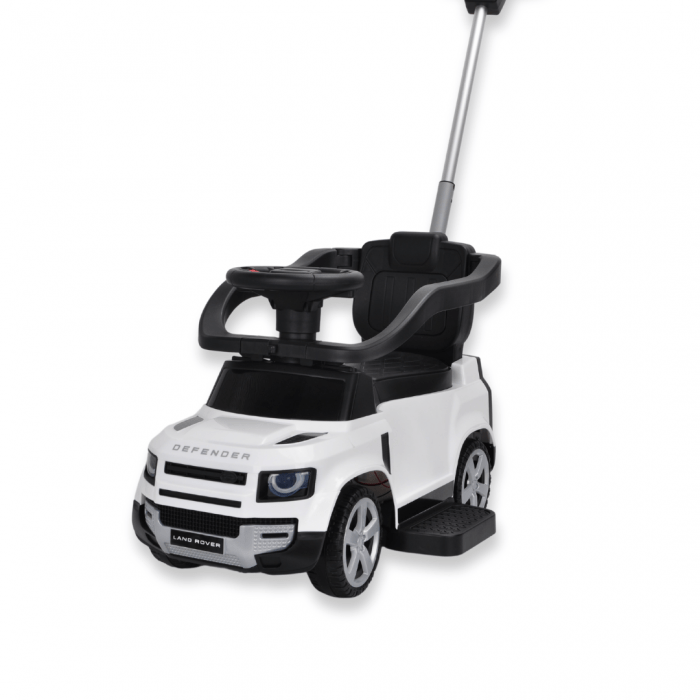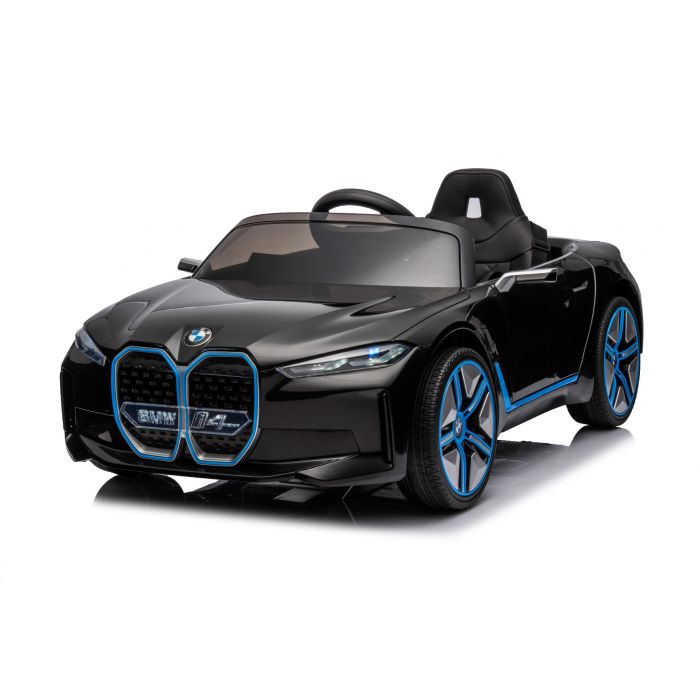Recommended Info For Choosing Remote Control Childrens Cars
Wiki Article
What Is The Battery Life Of An Electric Ride-On Kids Car?
It is important to understand the life span of your battery for the electric ride-on car for kids and how long it takes to charge. This will ensure you get uninterrupted playtime. What do you need to know - Battery Type
The majority of electronic ride-on vehicles designed for children are powered by rechargeable batteries. They are usually lithium-ion or lead-acid batteries. Lithium-ion batteries have a longer battery life than lead acid and are charged faster.
Battery Capacity
The battery's capacity is stated in ampere hours (Ah) and Watt hours (Wh). This determines the amount of time an electric ride-on could run with a single charge. Higher capacity batteries provide longer playtime before needing to recharge.
Run Time -
The running time of an electric ride-on vehicle refers to the length of time it will continue to operate on a single charge. The time it takes to run an electric ride-on car will vary depending on the factors such as the battery's capacity and the motor's power. It also depends on the terrain as well as the weight of the user.
The typical time to run electric ride-on vehicles ranges from 30 minutes and two hours. Certain battery packs with high capacity may provide longer time-to-run.
Time to charge -
The charging time refers how long it will take to recharge a fully exhausted battery. Charge times differ according to battery capacity, charger specifications, and charging methods.
In general, the charging time for an electric ride-on vehicle is between 8 and 12 hours. Certain models, specifically those with lithium-ion battery technology, may have faster charging times.
Follow the charging instructions provided by the manufacturer to ensure safety of the battery and longevity. The battery's performance may be negatively affected if the battery has been charged too high or is undercharged.
Charging Method
Electric ride-on vehicles are usually equipped with a charger which plugs into an ordinary outlet in the home. Certain models allow fast charging or include a clever charger that controls the speed at which the battery is charged.
Make sure that the charging connector and port are compatible with the charger that comes with the ride-on vehicle in order in order to protect the battery or the electrical system.
Additional Batteries -
Certain electric ride-on vehicles may offer the option to purchase additional batteries or spare batteries for extended time of play. By having extra batteries available it is possible to swap the depleted battery for one that is fully charged to reduce downtime.
Being aware of the life span of your electric kids' ride-on car and its charging time will allow you to ensure that your child enjoys thrilling and enjoyable adventures while exploring their surroundings. It is important to charge the battery as often as you can and adhere to the correct charging procedures. This will increase the performance of your battery. See the best McLaren kids car for website recommendations including car for toy, car toy toy, 2 seater electric cars, 2 seater electric cars, a toy car, electric car ride, ride on car, pedal car, race car toy, toy a car and more. .

What Is The Distinction Between Electric Ride-On Cars And Their Similar Counterparts?
Children can enjoy a thrilling and safe ride in electric ride-on vehicles that have multiple control and speed options. Let's look at the reasons and how these features were implemented: Safety
Different children are at different levels of skill and confidence when it comes to driving in ride-on vehicles. With various speed settings, parents can modify the car's maximum speed in accordance with their child's capabilities and reduce the chance of collisions or accidents.
Younger children and those who are beginning their journey are better off using the slower speed settings as older kids or those who have more experience will be capable of using the higher speeds.
Gradual Learning Curve -
Electric ride-on vehicles with multiple speeds offer a gradual learning curve for kids as they learn their driving skills as they progress. Beginners will gain confidence as they become familiar with the controls at lower speeds.
As their child gains the ability to drive, parents are able to raise the speed. This will give the child a sense of achievement and progress.
Parental Control
Certain electric cars are equipped with parental controls that permit parents to limit the maximum speed at which their child can travel. This feature provides parents with peace ofmind that they can intervene, or adjust speed depending on the needs to ensure safety for their child.
Options for parental controls could include remote speed limiters, remote emergency stops buttons or remote steering capabilities depending on the vehicle model.
The ability to adapt
As children develop, so can their abilities and interests. These modifications can be accommodated with electric rides on cars that have multiple speeds.
As your child gains confidence, you can adjust the speed to a more challenging setting for a thrilling and more challenging experience. Parents can also dial back the speed for younger children or those who might not be as experienced.
Customization
Multiple speed settings enable the ability to customize and personalize based on individual tastes and preferences. Children can choose a setting that is suitable for their level of comfort as well as the intensity they would like to experience.
Certain electric ride-on vehicles could also have other control options like adjustable braking or acceleration sensitivity that allow for fine-tuning the driving experience in order to satisfy specific needs.
Overall, electric ride on vehicles with a variety of control and speed options offer the safety, flexibility and customizable experience for children. This is true regardless of their age, ability level or personal preferences. These features help build confidence, skill-development as well as fun, while allowing parents to supervise and intervene when needed. Follow the recommended click here on remote control childrens cars for blog examples including ride of car, childs car toy, electric toy car, ride of car, race car toy car, ride on toy, kids electric cars, toy toy cars, toy with car, 2 seater electric cars and more. .

What Is The Most Reliable Remote Control Car To Use With Children? What Are Their Advantages And Disadvantages?
Remote-controlled children's vehicles, or RC cars, are available in a wide range of styles, sizes and prices to suit different budgets and needs. Below is a list of various types of remote control cars for kids, with their dimensions, prices, and pros and con.
Electric RC Cars - Battery-powered remote-controlled cars that are suitable for outdoor and indoor use. They come in a variety of designs, including buggies, trucks and sports cars.
Nitro RC Cars – Gas powered remote controlled cars that provide better performance, but require more care. They are typically bigger and more expensive than electric RC vehicles.
Scale models can be described as replicas of real-world vehicles such as trucks and cars. They can also be controlled remotely. Scale Models are offered in various sizes which range from 1-10 all the way to 1-24. Larger scales give greater detail and an authentic appearance.
Sizes -
Remote control children's cars come in a range of sizes, from small micro-sized models to large-scale replicas. The size of the vehicle can influence the performance, speed and handling capabilities.
Micro-sized vehicles, which are lightweight and small, are ideal to be used indoors or by young children. Cars with bigger sizes have more power, durability and therefore are ideal for off-road or outdoor racing.
Prices
Prices for remote-controlled children's vehicles vary according to factors like dimensions, features, and brands.
The cost of smaller electric RC vehicles range between $20 and $100. However larger-scale electric or nitro RC models can range between $100 and $500.
The price of scale models and hobby grade RC vehicles range between a few hundred dollars to over 1,000 dollars based on the level of performance and the level of detail.
The pros and cons of -
Pros -
Adults and children will have hours of fun and entertainment by controlling their cars via remotes.
Skills development - Driving an RC car will help kids develop their spatial awareness and hand-eye co-ordination.
Social Interaction. You can enjoy the RC cars with your friends and family that encourage social interaction.
Customization – Many RC cars can be customized using aftermarket upgrades components and accessories that improve the performance and appearance.
Cons
Costs - A car that is remote controlled for children that has advanced features or hobby grade models can be expensive.
It can be difficult for children to operate the RC cars at first.
Maintenance - RC vehicles require regular maintenance. This includes cleaning, lubrication and cleaning as well as occasional repairs and replacement of parts.
Safety Issues - RC car safety can be compromised through electrical hazards, collisions, and other dangers if the cars are not operated with care and supervision from an adult.
Children of all ages enjoy remote control cars. But it is essential to take into consideration things like the cost, size, and safety before choosing the best model. Hobby-grade RC cars are suitable for older children and those who are avid, while less complex models are suitable for younger children and beginners. Have a look at the top kids ride on cars kidscars.co.uk news for website advice including electric car ride, ride electric car, electric two seater cars, 2 seater electric cars, car toy toy, childs ride on car, electric ride on cars, toy cars toy car, ride on car, electric toy car and more. .
